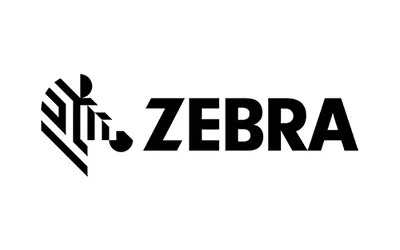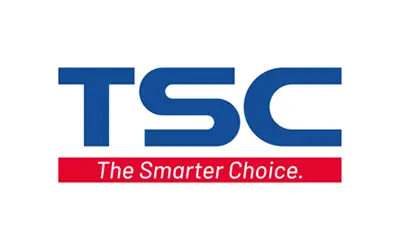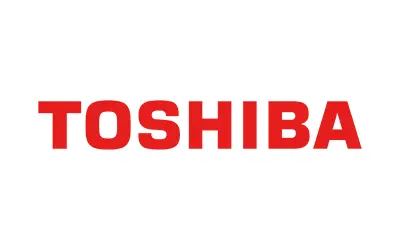RFID Printers: Smart Labels for Smarter Tracking
Print, encode, and verify RFID labels with precision—no misreads, no bottlenecks, just seamless integration into your tracking and inventory systems. CYBRA’s RFID printers ensure every tag is encoded correctly, so you can streamline operations and maintain total visibility.
- 5Fast, Accurate RFID Labeling
- 5Seamless System Integration
- 5Reliable Encoding for Perfect Tracking
[eBOOK]
2025 RFID Integration Guide
A complete guide that will help retail brand owners, manufacturers, and distributors reap great benefits from integrating RFID into their supply chain.
RFID Printer Brands We Support






RFID Printer Types
A Wide Range of RFID Printers to Fit Every Application.
- 5Desktop RFID Printers
- 5Industrial RFID Printers
- 5Mobile RFID Printers
- 5RFID Label Applicators
- 5RFID Inlay Converting Equipment
- 5RFID Card Printers
- 5RFID Print and Apply Systems

Smarter Labeling for Smarter Tracking
RFID printers do more than print labels—they power seamless tracking and inventory control. By encoding RFID tags with precision, they ensure accurate data capture, reduce errors, and streamline operations.
Whether for shipping, compliance, or asset management, RFID printers help businesses improve efficiency, boost accuracy, and maintain complete visibility.
Inventory & Asset Tracking
Print and encode RFID labels to track products, equipment, and assets in real time. Reduce misplacements, streamline audits, and improve inventory accuracy without manual scanning.
Shipping & Compliance Labeling
Ensure every shipment is correctly tagged and meets retailer and industry compliance standards. RFID-encoded labels automate validation, reduce chargebacks, and prevent shipping errors.
Work-in-Progress (WIP) Tracking
Improve production efficiency by tagging materials and components throughout the manufacturing process. Gain real-time insights into WIP status, reduce bottlenecks, and enhance workflow visibility.
Partner with the Best
Encode It. Print It. Tag It. Track It.
CYBRA’s RFID Printers give you the power to create high-quality, RFID-enabled labels with accuracy and speed. Whether for shipping, inventory, or compliance, our RFID printing solutions ensure every tag is encoded correctly—so you can track and manage your assets with total confidence.
Key Features to Look for in an RFID Printer
When selecting an RFID printer, several key features should be considered to ensure optimal performance and compatibility with specific applications.
Encoding Capabilities
Supports various RFID standards (EPC Gen2, ISO 18000-6C) and tag types (passive, active, semi-passive) for versatile applications.
Print Quality & Speed
High resolution ensures clear, scannable text and barcodes, while fast print speeds improve efficiency in high-volume operations.
Connectivity Options
USB, Ethernet, Wi-Fi, and Bluetooth ensure seamless integration into existing IT systems.
User-Friendly Interface
Intuitive touchscreens and easy navigation simplify setup and operation.
Durability & Reliability
Built to withstand tough environments with rugged enclosures and low-maintenance components.
RFID Antenna Configuration
Optimized for accurate encoding, ensuring consistent performance across different tag sizes and types.
System Integration
Easily connects with WMS, ERP, and other enterprise systems for smooth data flow and real-time updates.
Compliance & Auditing
Adapts to growing business needs, supporting new encoding standards and higher print volumes.
Schedule Your Discussion






